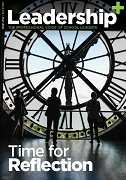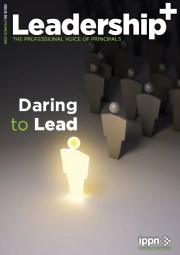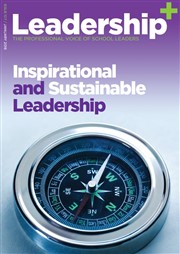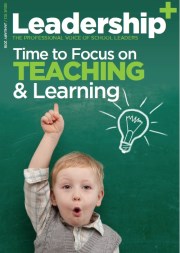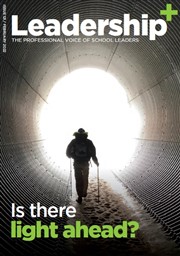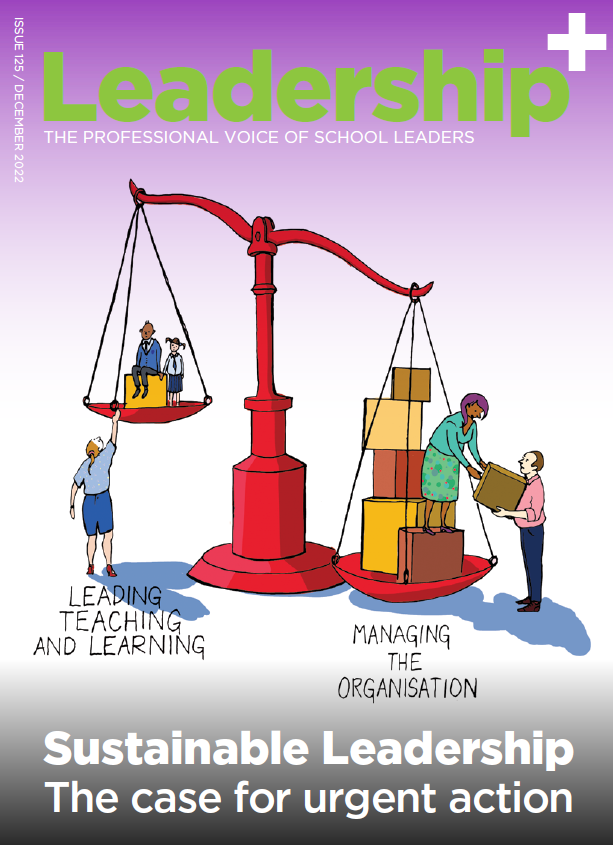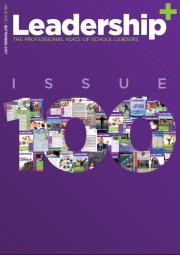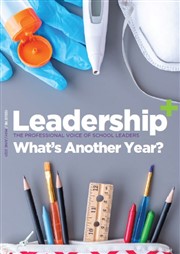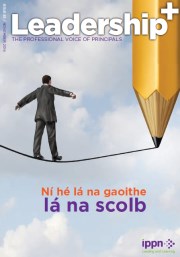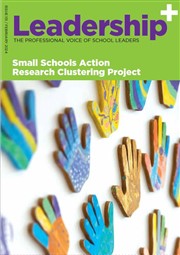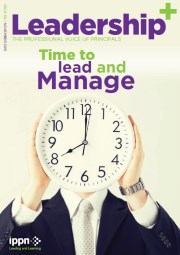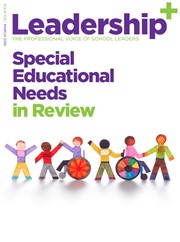O'Keeffe weighs up Australian model ; but is it flawed? [Sunday Business Post]
- Published: 01 March 2009
Source: Sunday Business Post
As college fees look set to return, Martha Kearns looks at the model on which our new system is likely to be based ; a model which is being reviewed in the country that created it.
It looks like there is no way out for the country's third-level students - college fees are on the way back.
Despite the protests of tens of thousands of students who have taken to the streets since education minister Batt O'Keeffe first mooted the return of third-level fees last year, there is no going back now.
His department officials are looking at models from across the world, and a range of proposals is being drawn up to be presented to the minister next month.
No particular option will be recommended by the group, but the minister will choose the model he prefers and recommend it to government around the time of the education sector's Easter break.
Some sources believe the fees could come in as early as September, but would only apply to new students and not to those already in the system.
Last week, O'Keeffe's advisers were at pains to point out that, whatever option was chosen, it would not simply be aping another country's structures. It would, his spokesman said, be tailored to the Irish education sector and take our own societal situation into account.
"The report that we are working on aims to present an assessment of a comprehensive range of policy approaches, but we will be developing an Irish model and tailoring it to Irish circumstances," he said.
"We will be leaving no stone unturned in looking at a range of student contribution models across the world, and the report will tease out the pros and cons of each of these models, but the final option will be a uniquely Irish model."
It is believed that some of the proposals being looked at include deferred loans, graduate taxes and straight fees - or a combination of these. It is likely that the model chosen will be a mix of grants for disadvantaged students and loans for other students, with income from the fees or repayment of loans funding the grants.
When O'Keeffe first opened up the debate on third-level fees, he said that he wouldn't envisage any family on a joint income of €100,000 having to pay third-level fees. Another option would be to means test straight fees, while more sources suggest that free fees could remain, but maintenance grants would be given in the form of loans, as in Norway.
The model that is at the forefront of these discussions is the one in use in Australia, which was the first third-level sector in the world to develop incomecontingent loans. It has since been copied in part by countries such as New Zealand and Britain.
But the system is at the centre of a heated debate in Australia, as a report into the third-level sector has made controversial recommendations to change the model.
The Australian model
University fees in Australia were abolished in 1974, as there was a significant effort to increase participation of working and middle-class Australians in third-level.
However, it did not work, and fees were brought back in 1989, under a new system called the Higher Education Contributions Scheme (Hecs), which was developed by economist and lecturer Bruce Chapman.
Chapman is believed to have been briefing senior officials in Dublin about the scheme he pioneered.
Hecs, which has since been replaced with an updated version called the Higher Education Loan Programme (Help), is based on a model of incomecontingent deferred loans. It is jointly operated by the department of education and the tax authorities.
Most students are Commonwealthsupported and have to pay only a percentage of their fees with the balance picked up by the government.
Students who can afford to pay this up front receive a 20 per cent discount. Those who cannot afford to do so can defer payment, under the Help loan scheme, until they finish the course and start work. Students who are non-Commonwealthsupported and have to pay full fees can also take advantage of the loans - up to a lifetime limit of AUD$100,000 (€50,900) for medicine, dentistry and veterinary science programmes and AUD$80,000 (€40,700) for other courses.
The loan - which is not subject to interest - only starts to be compulsorily repaid to the government when the person reaches a certain pay level - this currently stands at AUD$39,825 (€20,268).
The debt is re covered through the tax office, and the annual repayment depends on the former student's income. Students are also entitled to other grants and scholarships, which are means tested.
Overseas students are charged fees for the full cost of their education and are ineligible for any loans from the Commonwealth, but may apply for international scholarships.
When the scheme was initially introduced, publicly funded universities received the vast majority of their revenue from the government. Now student fees, charges and Help payments represents 38 per cent of their income, relieving the pressure on state funding.
But does it work?
At the end of last year, a comprehensive review of the Australian higher education system was completed by Professor Denise Bradley.
Commissioned by the deputy prime minister and minister for education Julia Gillard, the report was to form the basis for a plan for the sector until 2020.
The report concluded that, while the third-level sector had great strengths, it faced significant emerging threats that required decisive action. "To address these, major reforms are recommended to the financing and regulatory frameworks for higher education," it said.
In the area of student contributions, the report said there was no general case to increase investment in the higher education system by increasing the student contribution.
However, it did call for a "significant" increase in government funding for the sector. Other changes in this area included entitling all qualified students to Commonwealth-subsidised higher education place; increasing financial supports for students, and eligibility "made fairer based on need", as well as "significantly increasing" funding for low socioeconomic-status students and increased funding for regional and rural areas.
The recommendation that has caused the most controversy in Australia is that government funding would no longer be given to the third-level institutions, but to the student, through a voucher system, and it would "follow" students to whichever college they attended.
It is not known on which side of the debate our education minister will come down.
One of the main reasons O'Keeffe wants a return to some form of student contribution is to increase access to third-level for the disadvantaged.
Since fees were abolished by former education minister Niamh Bhreathnach in 1995, there has been little or no increase in participation from those with low-income backgrounds.
However, the Bradley report said that, despite its lauded fees model, participation by disadvantaged groups at third-level had been static or falling in Australia over the past decade.
It has recommended that, by 2020, 20 per cent of undergraduate enrolment in higher education should be students from low socio-economic backgrounds. To do this, it has recommended that 4 per cent of all funds for teaching be directed into outreach and retention initiatives.
"Current levels of income support are inadequate to support the participation and success of students from low socio-economic backgrounds.
Reforms to, and better targeting of, income support should enable such students to attain better qualifications in a more timely fashion, and are urgently required. This will require significant reforms to elements of Australia's welfare and income-support systems," read the report.
It said that 20 years ago, Australia was one of the first countries to restructure to enable wider participation in higher education, and it had become a leader internationally in the movement from elite to mass systems.
But now, there were "clear signs that the quality of the educational experience is declining, the established mechanisms for assuring quality nationally need updating, and student-to-staff ratios are unacceptably high," the report read.
"Analysis of our current performance points to an urgent need for both structural reforms and significant additional investment. In 2020, Australia will not be where we aspire it to be - in the top group of OECD countries in terms of participation and performance - unless we act, and act now."
The report has caused controversy in Australia over the past two months, and many of its recommendations have been savaged by the heads of the "group of eight" universities, which dubbed it a "road map to mediocrity".
The education minister herself has yet to comment on it. She is expected to deliver her verdict next month - the same time as our education minister will be recommending his preferred option to the cabinet.
Fees timeline
1995: third-level fees abolished by Labour education minister Niamh Bhreathnach.
2002: students protest after Fianna Fail education minister Noel Dempsey proposes the reintroduction of fees for those who can afford them.
2003: after disagreement at cabinet level, the plan is scrapped.
2004: the Department of Education says it is examining introducing fees for fourth-year students, suggested by HEA chairman, Dr Don Thornhill. It is examining an Australian-style loan system.
2007: students protest after education minister Batt O'Keeffe reopens the debate on student contributions.
2008: student protests continue as O'Keeffe commissions a report from his department on schemes used across the world. He will make a recommendation on one of the models to cabinet in April.
Ireland's universities running on empty
Ireland believes the government is targeting students as scapegoats to fund deficits that have been allowed to develop by the presidents of the universities.
But the hard reality is that the country's universities are haemorrhaging money, and public funding alone can no longer continue to support them.
All the country's universities have called for a return of some form of student contribution as they struggle to deal with deficits.
At a joint Oireachtas committee meeting last year, the country's university heads gave an insight into their balance sheets, revealing the following level of debts:
* UCD had a cumulative current deficit of €15 million, but no capital deficit.
* UCC had a cumulative deficit of €13 million, and a capital deficit of around €30 million.
* UL was expecting to accumulate a €6 million deficit.
* NUI Maynooth had no current deficit. Projections were for a deficit of over €5 million this year.
* NUI Galway had no cumulative deficit, but this year's projection was for a deficit of €5.2 million.
* DCU had no deficit, although it had some loans for capital projects.
* TCD said it expected to go into deficit in this academic year.






